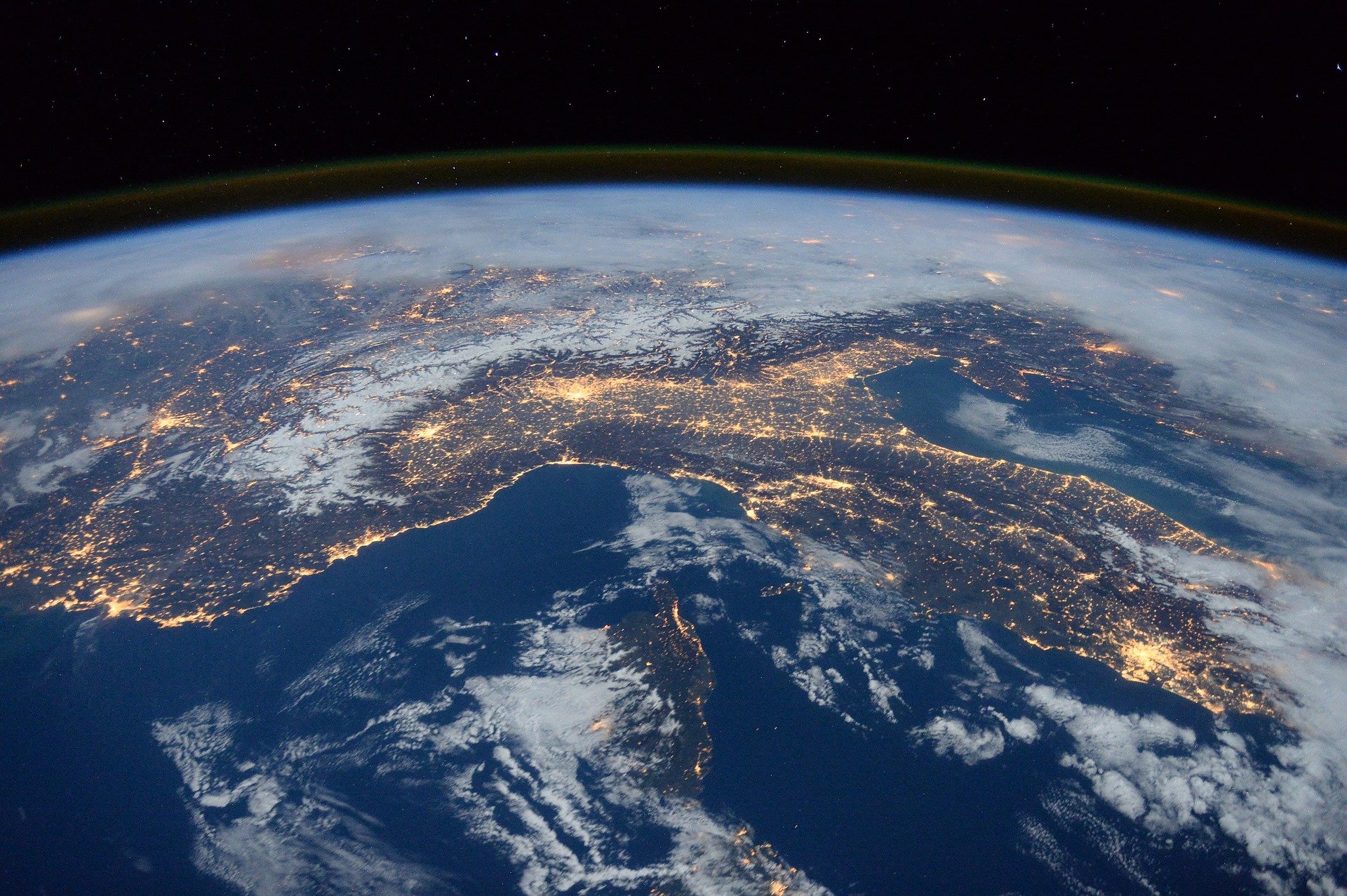Not much is understood about the Earth’s magnetic field other than it produces auroras when the solar flares hit it during solar storms. However, NASA has been keeping an eye on one portion of the planet’s magnetosphere, where a dent that is beginning to split is a cause of concern for astronomers.
Express reports that a region of the magnetosphere known as the South Atlantic Anomaly, spanning from Chile to Zimbabwe, has grown incredibly weaker. The magnetic field on Earth that acts as a shield has also been found to weaken over a span of 200 years, according to experts. Upon seeing the state of the South Atlantic Anomaly, NASA has been keeping an eye over that portion of the magnetic field out of fears that it might split the magnetic field in two.
“Currently, the SAA creates no visible impacts on daily life on the surface. However, recent observations and forecasts show that the region is expanding westward and continuing to weaken in intensity. It is also splitting -- recent data shows the anomaly’s valley, or region of minimum field strength, has split into two lobes, creating additional challenges for satellite missions,” said NASA.
According to NASA’s Goddard Geodesy and Geophysics Laboratory’s Weijia Kuang, the current SAA could be a result of a “weakening dominance of the dipole field in the region.”
Another reason why NASA is closely watching the SAA is that the agency hopes to gain more understanding of the Earth’s core, as the planet’s magnetic field is formed from the liquid iron outer core that is spinning around the solid inner core.
Meanwhile, NASA was able to capture footage of the Perseids meteor showers last week, having peaked between August 12 and 13. The agency filmed the meteors entering the atmosphere and passing by as fireballs in the night skies. The Perseid meteors originate from the Perseus constellation, thus its name. These meteors are also known for being a spectacular watch and are best witnessed if the skies are clear.
Experts predict that the Perseids meteor showers will last until August 24. Amateur astronomers and space enthusiasts can expect to see as much as 90 fireballs appear in the skies per hour from around midnight.



 FDA Adds Fatal Risk Warning to J&J and Legend Biotech’s Carvykti Cancer Therapy
FDA Adds Fatal Risk Warning to J&J and Legend Biotech’s Carvykti Cancer Therapy  Lost in space: MethaneSat failed just as NZ was to take over mission control – here’s what we need to know now
Lost in space: MethaneSat failed just as NZ was to take over mission control – here’s what we need to know now  NASA Cuts Boeing Starliner Missions as SpaceX Pulls Ahead
NASA Cuts Boeing Starliner Missions as SpaceX Pulls Ahead  Blue Origin’s New Glenn Achieves Breakthrough Success With First NASA Mission
Blue Origin’s New Glenn Achieves Breakthrough Success With First NASA Mission  NASA Astronauts Wilmore and Williams Recover After Boeing Starliner Delay
NASA Astronauts Wilmore and Williams Recover After Boeing Starliner Delay  Lab-grown meat: you may find it icky, but it could drive forward medical research
Lab-grown meat: you may find it icky, but it could drive forward medical research  Trump Signs Executive Order to Boost AI Research in Childhood Cancer
Trump Signs Executive Order to Boost AI Research in Childhood Cancer  SpaceX Starship Test Flight Reaches New Heights but Ends in Setback
SpaceX Starship Test Flight Reaches New Heights but Ends in Setback  Neuralink Expands Brain Implant Trials with 12 Global Patients
Neuralink Expands Brain Implant Trials with 12 Global Patients  Cogent Biosciences Soars 120% on Breakthrough Phase 3 Results for Bezuclastinib in GIST Treatment
Cogent Biosciences Soars 120% on Breakthrough Phase 3 Results for Bezuclastinib in GIST Treatment  CDC Vaccine Review Sparks Controversy Over Thimerosal Study Citation
CDC Vaccine Review Sparks Controversy Over Thimerosal Study Citation  SpaceX’s Starship Completes 11th Test Flight, Paving Way for Moon and Mars Missions
SpaceX’s Starship Completes 11th Test Flight, Paving Way for Moon and Mars Missions  Ancient Mars may have had a carbon cycle − a new study suggests the red planet may have once been warmer, wetter and more favorable for life
Ancient Mars may have had a carbon cycle − a new study suggests the red planet may have once been warmer, wetter and more favorable for life  Astronomers have discovered another puzzling interstellar object − this third one is big, bright and fast
Astronomers have discovered another puzzling interstellar object − this third one is big, bright and fast 































